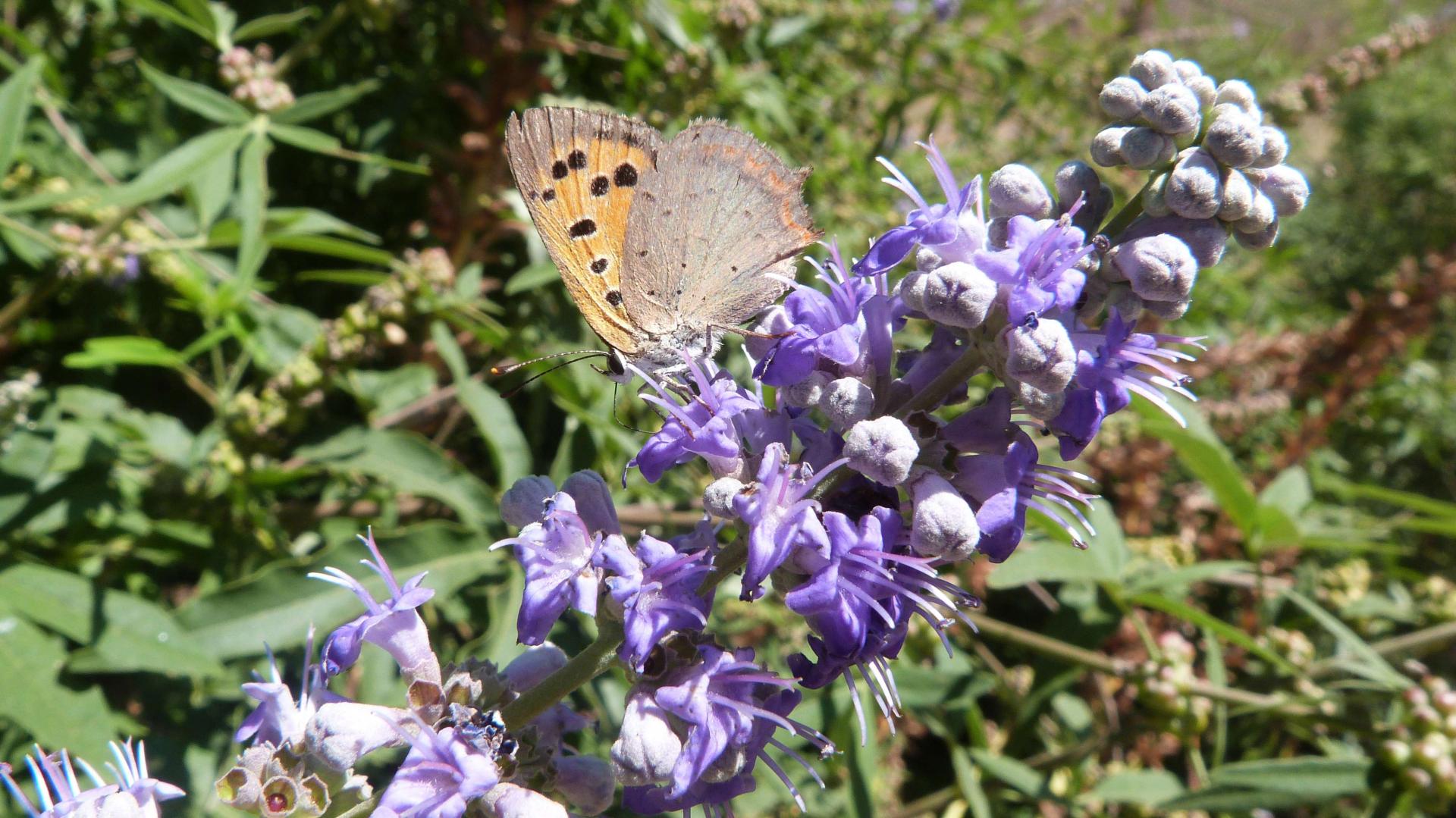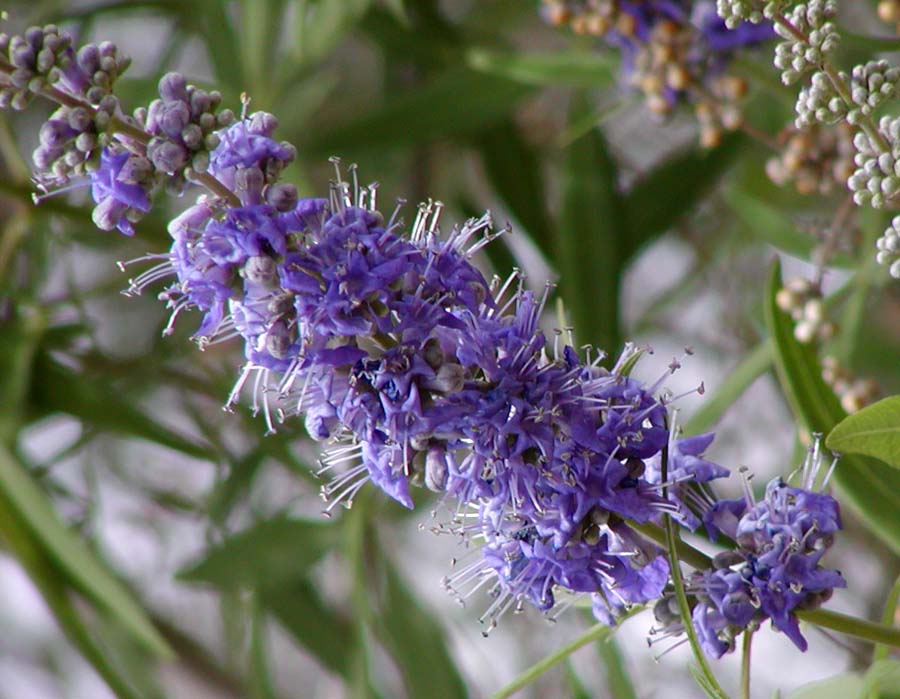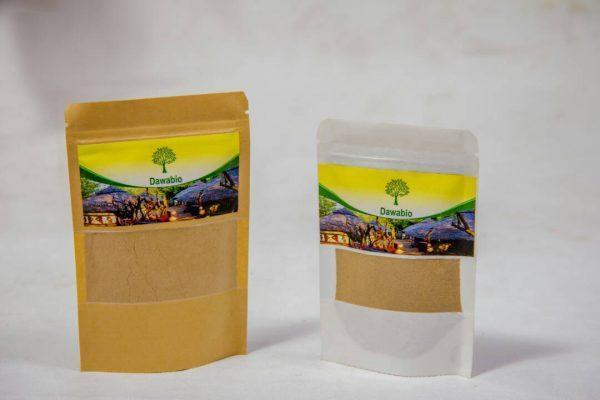high prolactin natural treatment

VITEX AGNUS-CASTUS: Home remedy to reduce prolactin levels
The alternative medicine is a quick solution to low treatment - disease risk, there are thousands of home remedies but mostly we focus on those who can help to lower prolactin levels , but we need to talk a little of this hormone.
The Prolactin is a hormone secreted by the lactotrophs behind the pituitary gland is responsible for the stimulation of milk production in the mammary glands; but since it is a hormone, its production can be altered causing hyperprolactinemia and despite its relationship with breastfeeding, this hormone is also found in humans.

There are studies which indicate that high levels of prolactin can influence ovulation , because there is a kind of blockage in the production of luteinizing hormone which promotes ovulation, to decrease the amounts of prolactin in the blood we will use the effective home remedies.
In particular, there is a tree called Vitex agnus castus which has very good properties that will help reduce prolactin levels , its function is focused on acting as a dopamine receptor, this will prevent the pituitary from releasing large amounts of prolactin.
Usually treatment with Vitex agnus castus requires a period of two to three months, this tree or its properties can be found synthesized in drugs.
There may be an increase in this hormone in special cases such as hyperthyroidism or during pregnancy and lactation.
Mode of action of our natural treatment
Our natural herbal treatment is very effective in healing excess prolactin in the blood. These are herbal teas in the form of powder which aims to suppress the excessive production of prolactin and activates the release of dopamine, decreases the tumor mass in varying proportions, then boost the quality of your ovulation. The treatment also improves the functioning of the thyroid gland .
Duration of treatment
The duration of our natural treatment to reduce excess prolactin in the blood varies from 2 to 3 months. Our support is individualized. It will vary depending on your symptoms and your expectations.
To discover our cure for hyperprolactinemia, click HERE
We have representation in all African countries and actively in the following countries: Cameroon, Ivory Coast, Mali, Senegal, Burkina Faso, Togo, Kenya, Nigeria, Gabon, Central African Republic, Benin, Chad, Congo Brazzaville and Kinshasa. So be reassured that you will receive your products immediately after your order.
Delivery is free.
We deliver all over the world.
For more information, you can contact our experts on +229 51374202 direct line or by whatsapp at the same number.
Vitex agnus-castus

Chasteberry (Vitex agnus-castus) has been used since ancient times as a female remedy. One of its properties was to reduce sexual desire. It is reported that the wives of the Romans, whose husbands were abroad with the legions, for this purpose spread the aromatic leaves on their sofas. It came to be known as the chaste tree. In the Middle Ages, regarding the alleged effect on sexual desire, chaste tree led it to become a food spice in the monasteries, where it was called "Monk's Pepper" or "Cloister Pepper".
Applications :
Acne (associated with the menstrual cycle), amenorrhea, catarrh, cholera, colic, diarrhea, dysmenorrhea, dyspepsia, ear disorders, endometriosis, female infertility, fever, fibrocystic breast disease, headache, heart disease, Hemicrania, hemorrhoids , liver problems, malaria, menopause, menorrhagia (menstruation), menstrual problems (secondary amenorrhea), nausea, premenstrual syndrome, rheumatism, skin diseases, ulcers, worms.
The female reproductive system
Traditionally, it has been an important European resource for controlling and regulating the female reproductive system. It is used long term to regulate periods and to treat amenorrhea and dysmenorrhea, it is used to help relieve menopausal problems and to ease the birthing process. Hippocrates, Dioscorides and Theophrastus mention the use of chaste tree for a wide variety of conditions, including postpartum hemorrhage, and also to aid in the "passage of the placenta". Decoctions of the fruit and the plant were also used in sitz baths for diseases of the uterus.
Due to the intact herb cultivation in Germany and other parts of Europe, the chaste tree has not lost its popularity. In fact, it is still probably the most widely used herb for regulating hormones and relieving menstrual difficulties and is considered the best herb for conditions like fibroid uterine cysts and endometriosis .
Chasteberry has not been significantly studied for its therapeutic effects. However, preliminary research does show the presence of compounds capable of adjusting the production of female hormones. Studies have shown that Agnus castus extracts can stimulate the release of luteinizing hormone and inhibit the release of follicle stimulating hormone. This suggests that the volatile oil has a similar effect to progesterone. Its benefits come from its actions on the pituitary gland specifically in the production of luteinizing hormone. This increases the production of progesterone and helps regulate a woman's cycle. Chasteberry can also regulate the secretion of prolactin.
Anxiety and Premenstrual Syndrome
A study in London (double-blind study) showed a 60% group reduction or elimination of PMS symptoms, such as anxiety, nervous tension, insomnia or mood swings, in subjects who took the dried capsules. .
Using an aqueous extract of the fruit, a 1979 study reported good results in premenstrual water retention. Women have been able to maintain a good level of breastfeeding milk production while taking this herb. Although it took a little while for the drug to take effect, women were able to continue using the drug for months without harmful side effects.
Chasteberry: Notes / Side Effects
Latin names:
Vitex agnus castus
Common names :
Agnocasto, Agno Casto, Agno Puro, Ajerobo, Alfagdí, Anho Casto, Añocasto, Little Pepper Tree, Arvore da Castidade, Cañamera, Trigger Chaste, Herb of Chastity, Pepper, False Pepper, Paprika, Pepper, Wild Pepper, Paprika, Poivron, Poivre fou, Poivre sauvage, Arbre de chasteté, Sanzgatillo, Sargatillo, Willow Trigger, Trigger Willow, Chasteberry, Trigger Willow, Sazgatillo, Vitex Agnus Castus, Zausgatillo, Zerobo
Suggested properties:
Leaves: antiparasitic, alterative, aromatic, deworming, analgesic Root: tonic, febrifuge, expectorant, diuretic Fruit: nervine, cephalic, emmenagogue
Notes:
With an emphasis on the long-term balance of a woman's hormonal system, chaste tree is not a fast-acting herb. For premenstrual syndrome or frequent or heavy periods, chasteberry can be used continuously for four to six months. Women with amenorrhea and infertility may remain in chaste tree for twelve to eighteen months, unless pregnancy has occurred during treatment.
How to take Vitex agnus castus
Normally, we use Vitex Agnus Castus in combination with other principles that enhance its effect: vitamins B1, B6, E, folic acid and evening primrose oil among others.
There are different preparations on the market and most can be taken.
- Cyclically : the week before menstruation, when there are regular cycles
- Continually until the cycles return to regularity and symptoms subside.
Side effects of Vitex agnus castus
Side effects from using chaste tree are rare. Gastrointestinal disturbances and mild itchy rashes were reported in less than 2% of women followed while taking chaste tree. It is not recommended for use during pregnancy.
To discover our cure for hyperprolactinemia, click HERE
We have representation in all African countries and actively in the following countries: Cameroon, Ivory Coast, Mali, Senegal, Burkina Faso, Togo, Kenya, Nigeria, Gabon, Central African Republic, Benin, Chad, Congo Brazzaville and Kinshasa. So be reassured that you will receive your products immediately after your order.
Delivery is free.
We deliver all over the world.
For more information, you can contact our experts on +229 51374202 direct line or by whatsapp at the same number.

All about hyperprolactinemia (milk hormone) and the natural remedy
The milk hormone or prolactin is a protein hormone which is secreted by the front of the pituitary gland, as well as by the uterine lining of pregnant women, and therefore it is usually present in amniotic water.
Sometimes milk secretions from the breasts outside of breast-feeding (galactorrhea) are associated with high levels of prolactin in the blood (hyperprolactinemia).
Secretion of hormonal milk
The hormone prolactin is secreted in batches, on average once every 95 minutes. And the strength of the lot associated Hourly secretion during the day. Particularly strong and intense flare-ups are observed during sleep, especially deep sleep. It is also possible to notice the secretion of large amounts of prolactin under stress, during heavy physical exertion, under general anesthesia, or during surgery. Usually men have lower prolactin levels than women, especially during the two weeks before their period.
The level of prolactin in the blood of pregnant women is high early in pregnancy, and it can even reach ten times the level before pregnancy. After birth, the level of prolactin in the blood decreases, but each time the mother breastfeeds her child, the hormone level increases to about eight times the normal level and returns to normal two to three hours after the end of food.

The secretion of prolactin from the pituitary gland is under the control of many factors, but the most important of these factors is the hormone dopamine, which is secreted in a specific area of the brain. Its job is to inhibit the secretion of prolactin and maintain the proper level. In some cases, such as hypothyroidism , there is an excessive secretion of the thyroid-releasing hormone (Thyrotropin-releasing hormone-TRH) by the brain, which results in a significant increase in the secretion of prolactinemia and causes a hyperprolactinemia. Thus, it affects and disrupts all the processes in which prolactin plays a role. Therefore, thyroid therapy is needed to balance prolactin levels.
Mode of action of our natural treatment
Our natural herbal treatment is very effective in healing excess prolactin in the blood. These are herbal teas in the form of powder which aims to suppress the excessive production of prolactin and activate the release of dopamine, decreases the tumor mass in varying proportions, then boost the quality of your ovulation. The treatment also improves the functioning of the thyroid gland .
Duration of treatment
The duration of our natural treatment to reduce excess prolactin in the blood varies from 2 to 3 months. Our support is individualized. It will vary depending on your symptoms and your expectations.
To discover our cure for hyperprolactinemia, click HERE
We deliver all over the world.
For more information, you can contact our experts on +229 51374202 direct line or by whatsapp at the same number.
Hormonal function of milk
The main function of prolactin in humans is related to the reproductive system.
In men
In men, prolactin plays a major role in maintaining healthy levels of the hormone testosterone, which is a key hormone in male sexual ability and sperm production.
Therefore, we see that some men who have hyperprolactinemia suffer from a decrease in sexual desire (libido) to a degree that makes it difficult for an erection to occur.
In women
In breastfeeding women, hyperprolactinemia can slow the growth of follicles in the ovaries and prevent a new pregnancy.
In addition, the excessive secretion of prolactin in women affects the normal processes associated with ovulation and can become a cause of infertility (infertility).
The negative effects can be represented by the obstruction of the secretion of the luteinizing hormone (LH) responsible for the release of the egg from the mature follicle into the ovary, and this can also be represented by the reduction in the production of ovarian hormones such as estrogen and progesterone.
Symptoms of milk hormones
Signs of elevated prolactin or symptoms of hyperprolactinemia (hyperprolactinemia) are:
- The spontaneous discharge of milk from the breast, known as galactorrhea, appears in women and also in men who have very high levels of the hormone prolactin produced by the pituitary gland.
- Irregular menstruation in women.
- Incidence of osteoporosis in both sexes.
- Lack of sexual desire.
- Decreased fertility (infertility).
- Headache and difficulty seeing.
- Breast growth in men.
Causes and risk factors of prolactin
The most common causes of hyperprolactinemia are benign prolactin-secreting tumors and certain types of drugs.
Diagnosis of milk hormones
During the process of diagnosing high levels of prolactin in the blood, the hormonal system and its integrity are examined. These tests are simple blood tests that include:
- Check testosterone levels
- Luteinizing hormone (LH)
- Follicle-stimulating hormone (FSH)
- Prolactin
- Thyroid stimulating hormone (TSH)
- Blood sugar level
Hormonal therapy in milk
Hormonal treatment of milk is done by knowing the causes of hyperprolactinemia, the most common of which are benign tumors that secrete prolactin and certain types of drugs.
This excess secretion will be stopped if it is reduced (inhibited) by certain drugs derived from bromocriptine , or when the drugs which caused the overproduction of prolactin are stopped.
In addition, in most cases, benign prolactin-secreting tumors can be treated with drug therapy without surgery.
To discover our cure for hyperprolactinemia, click HERE
We deliver all over the world.
For more information, you can contact our experts on +229 51374202 direct line or by whatsapp at the same number.
